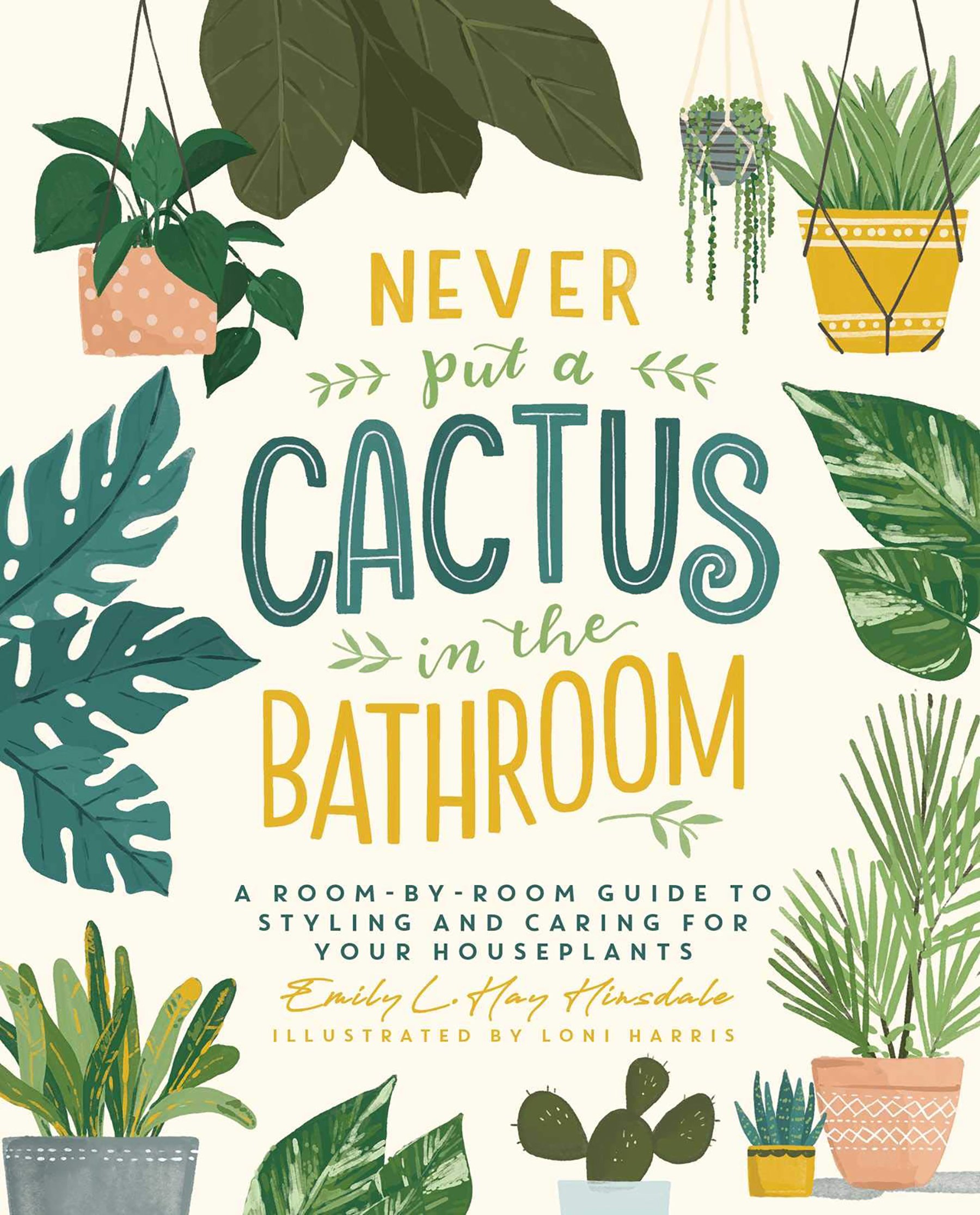GET GROWING!
ARE YOUR PLANTS IN A HAPPY SPACE?
By LADYBUG
As a gardener, I know that some plants settle in happily in certain areas while struggling in seeming similar spots in other areas.
It’s got to do with the micro-climate, the soil conditions, the neighbouring plants, etc., as I have learned over the years of moving plants around until they find their happy space.
But indoor plants? I used to just line them up by the sunniest windows and leave them to their devices. Why I never thought to take a closer look to see if they were thriving or not, why I didn’t experiment with more light or less light, escapes me.
The solitary excuse I can come up with is that many of my indoor plants are tropicals that spend their summers outside, only coming in to overwinter. So it was mainly a case of keeping them going until they could bask in the sun again.
But that doesn’t quite cut it, for I do have many dedicated indoor plants and I’ve been guilty of not paying enough attention to their needs.
But I am about to make amends, armed with this nifty book that sets me on the right path with information and tips in a chatty, pally style.
For instance, it was fun to read that the Chinese started growing ornamental indoor plants as a sign of wealth three thousand years ago.
“Tending a miniature flowering azalea during the winter certainly suggests a life of leisure!”
And while it was hard not to take the following personally, I found myself grinning and saying, I hear ya!
“This is not the year (cough, 1970s) of the ubiquitous grocery store African violet sitting under fluorescent lights. These days our plants can feature prominently in our plans to do better by ourselves: while you find the light in your life, so, too, can you work to find the right light to help your little vine twine.”
Emily Hinsdale gives readers all the scientific benefits of sharing our space with indoor plants including the fact that not only do they improve air quality, but that they filter common “sick building” by-products of cleaning materials, paint, etc.
NASA recommended at least one plant for every hundred square feet. You wouldn’t want to argue with NASA, would you?
She also tells you what houseplants aren’t.
They aren’t inanimate accessories, nor are they pets.
Houseplants are so much more than an artistic adornment like a throw pillow.
And, You can give a dog as much water as you want, but they’ll decide when it’s enough and stop drinking. Plants can’t, and they will drown.
Ouch.
And that regular dusting helps. Proving her point with a particularly gruesome illustration.
Like a Bond girl covered in gold paint, a plant covered in dust suffocates.
Ouch, again.
There are tips on how to deal with the bane of every gardener’s life – spider mites, mealy bugs, scales, aphids...
And instructions on how to grow new plants from vegetable scraps! I’ve had some success with scallions and pineapple tops, and am excited to try celery, carrots and beets.
My first two lavender plants – a regular lavender and a white one – have had so many babies that I have moved them around to other spots in the garden and shared them with friends. But I never thought to try growing some as indoor plants. This coming growing season I will pot up a seedling and bring it in, following Hinsdale’s tips.
She settles once and for all an ongoing dispute between a gardening buddy and myself on what I call a money plant and she calls devil’s ivy: Both are good, writes Hinsdale – along with pothos and Ceylon creeper! All of them refer to the same popular and easy-to-grow houseplant.
She educates readers on which plants are child and pet-friendly and which are not.
I learn that my Norfolk Island pine is originally from the South Pacific. No wonder my friend Amy who gave me the plant many years ago stopped me from planting it in the garden though it looks like it would be at home in a northern forest.
Hinsdale devotes significant space to the care of different types of cacti and though she doesn’t actually spell it out, she makes it clear why you should never ever put a cactus in the bathroom!
Never Put a Cactus in the Bathroom by Emily L Hay Hinsdale, Tiller Press, $24.99.



